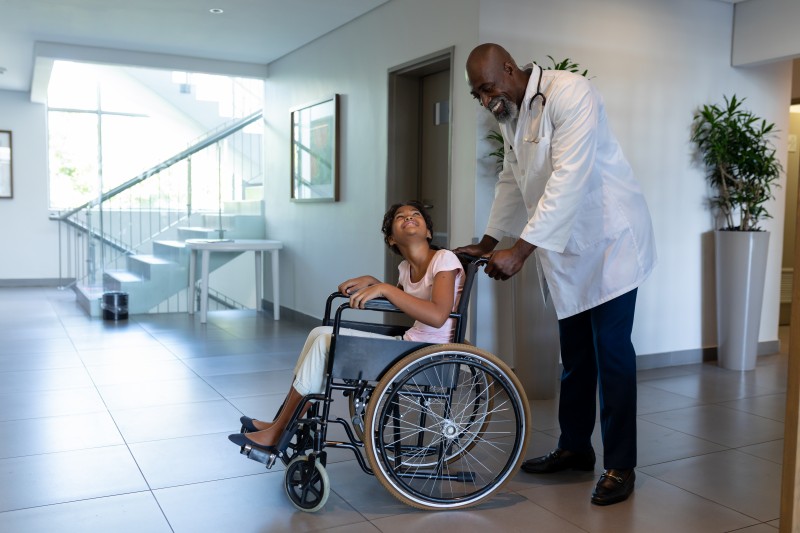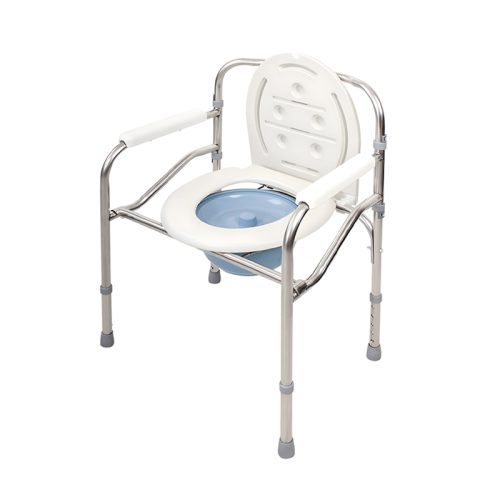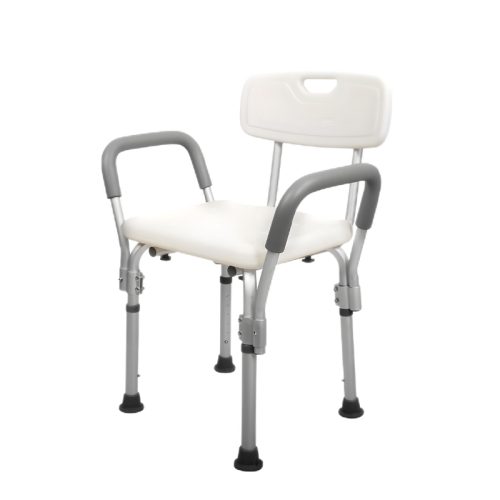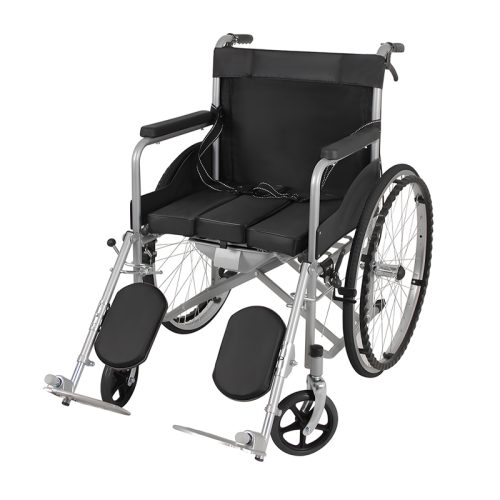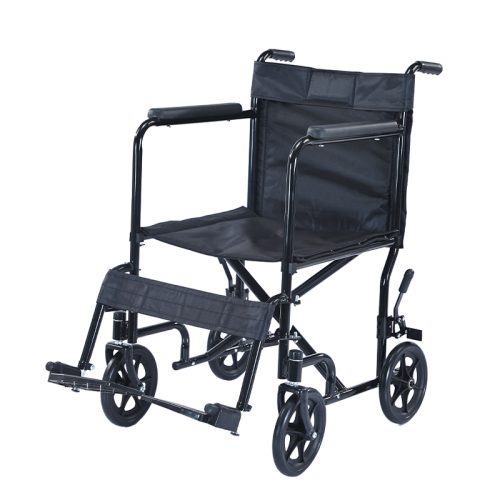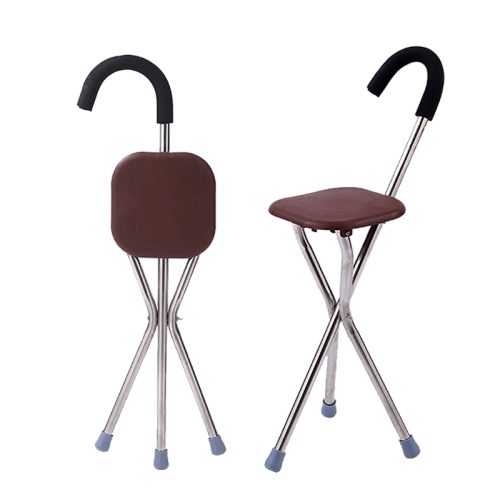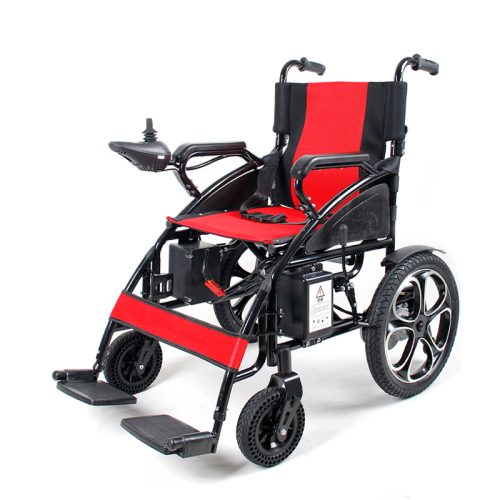
- Kursi roda
Peluang Munculnya Pasar Kursi Roda Republik Demokratik Kongo 2025: Penyesuaian & Distribusi Kota Sekunder
- Oleh kelingmedical
1. Permintaan Kustomisasi: Menjembatani Kesenjangan $18M
A. Kategori Kustomisasi Bernilai Tinggi
| Niche | Ukuran Pasar (2025) | Harga Premium |
|---|---|---|
| Pediatric Ortho-Fit | $6.2M | 45-60% |
| Mobilitas Pasien Amputasi | $4.8M | 55-75% |
| Bariatric Terra | $3.1M | 65-90% |
| HIV+ Adaptif | $2.9M | 30-50% |
B. Kerangka Kerja Implementasi
Proses Desain yang Dilokalkan
Membuat pengaturan dengan Kinshasa School of Medicine untuk mengumpulkan data antropometri
Implementasi klinik pemindaian 3D memerlukan investasi penyiapan $12K di Goma/Lubumbashi.
Ekonomi Produksi
Produksi membutuhkan minimal 50 unit untuk mencapai titik impas pada pemanfaatan kapasitas 65%.
Manufaktur hibrida melibatkan pengimporan komponen inti dan melakukan kustomisasi lokal dengan pengurangan tarif sebesar 28%.
Kasus Sukses: Pemasok yang berbasis di Lubumbashi berhasil mempertahankan 89% dari basis klien mereka.
Sistem bantalan modular (12 konfigurasi tekanan)
Opsi kustomisasi pola suku
Kit perakitan dengan panduan suara dalam bahasa Swahili
2. Kota-kota Sekunder: Membuka 47 Pasar
A. 5 Kota Target Teratas
| Kota | Populasi | Cakupan Saat Ini | Tingkat Pertumbuhan |
|---|---|---|---|
| Mbuji-Mayi | 3.7M | 12% | 14.2% |
| Kananga | 1.9M | 8% | 11.6% |
| Kisangani | 1.6M | 15% | 9.8% |
| Bukavu | 1.2M | 6% | 18.4% |
| Tshikapa | 0.9M | 3% | 22.1% |
B. Perbandingan Model Distribusi
| Strategi | Biaya Awal | Titik Impas | Risiko |
|---|---|---|---|
| Hub Mikro | $28K | 14 bulan | Sedang |
| Unit Bergerak | $42K | 11 bulan | Tinggi |
| Jaringan Gereja | $15K | 18 bulan | Rendah |
C. Inovasi Logistik
Pakta Transportasi Sungai memungkinkan penghematan biaya sebesar 34% dibandingkan dengan metode transportasi darat.
Stasiun Penukaran Baterai menyediakan aksesibilitas kursi roda listrik ke daerah tanpa koneksi jaringan listrik
Inventaris Blockchain menyediakan kemampuan pelacakan berkelanjutan untuk 8 gudang provinsi.
3. Menangkap Peluang yang Sinergis
Rumus Perkalian Keuntungan: Margin produk meningkat menjadi 3,8 kali margin dasar jika dikalikan dengan premi kustomisasi dan permintaan kota sekunder.
Peta Jalan Implementasi:
Fase 1 (0-6 bulan): Membuka klinik pemindaian 3D di dua kota sekunder selama Fase 1 dari peta jalan implementasi.
Tahap 2 (7-12 bulan): Meluncurkan batch produksi yang dilokalkan (100-150 unit)
Fase 3 (13-18 bulan): Membentuk unit kustomisasi seluler di lima kota baru selama fase 3.
Mitigasi Risiko:
Melakukan pra-negosiasi kontrak bahan baku dengan Gécamines
Memanfaatkan peta pengungsian UNHCR untuk perkiraan permintaan
Menerapkan asuransi pay-as-you-go untuk inventaris dalam perjalanan
Kesimpulan
Potensi pertumbuhan pasar kursi roda di Republik Demokratik Kongo mencapai puncaknya pada $52M melalui opsi penyesuaian dan ekspansi ke kota-kota sekunder. Perusahaan yang dengan cepat mengadopsi strategi pelokalan hibrida dapat memperoleh pangsa pasar antara 19% dan 24% dalam waktu tiga tahun dengan mengeksploitasi kebutuhan klinis yang ada dan jaringan distribusi yang terfragmentasi.
PERTANYAAN YANG SERING DIAJUKAN
T1: Berapa lama waktu tunggu untuk pesanan kursi roda yang disesuaikan? J: 6-8 minggu untuk batch di bawah 100 unit, dengan opsi percepatan 3 minggu dengan harga premium 22%.
T2: Bagaimana cara menangani perbaikan di kota-kota sekunder? J: Model yang kami rekomendasikan menggunakan teknisi lokal bersertifikat + dukungan diagnostik video.
T3: Apakah ada insentif pajak untuk investasi kota sekunder? J: Ya - Pengurangan pajak perusahaan 15% untuk operasi di 32 zona pertumbuhan yang ditetapkan.
Klaim Keunggulan Pasar Anda dengan Keling Medical 📬 Email: inquiry@shkeling.com 📱 WhatsApp: +86 182 2182 2482 🌐 Jelajahi Solusi Khusus: Konfigurator Kursi Roda Khusus DRC
Tanyakan tentang Program Kemitraan Kota kami - biaya di muka 0% untuk perintis kota sekunder!

